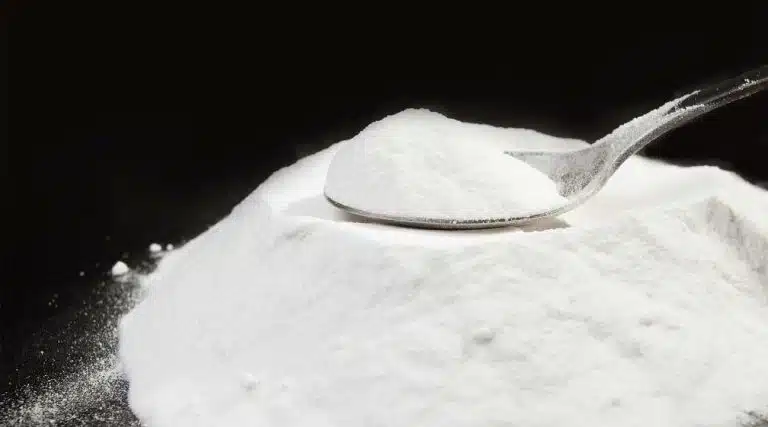Cocaine is a stimulant drug that poses serious health risks, including addiction and overdose. It’s available in two forms: a white powder form, and a smokeable rock form called crack cocaine.
To make crack cocaine, a person dissolves powder cocaine in water and mixes it with baking soda or ammonia.
As with many street drugs, cocaine is often cut with other substances. These cutting agents make the drug even more dangerous than uncut cocaine.
Common Cocaine Cutting Agents
From other substances to additives, fillers, and adulterants, many cutting agents are used by dealers to increase quantities and profits.
Stimulants
As a stimulant, cocaine causes a burst of energy and euphoria (intense joy). To heighten these effects, some drug dealers cut cocaine with other stimulants, such as caffeine and amphetamines. Common amphetamines include Adderall, Ritalin, and Vyvanse.
All stimulants increase the risk of cocaine addiction and overdose. In addition, amphetamines can cause other side effects such as:
- loss of appetite
- trouble sleeping
- exhaustion
- paranoia
- hallucinations
- Aggression
Local Anesthetics & Pain Relievers
Some people cut cocaine with local anesthetics like benzocaine, lidocaine, and procaine to produce a pleasant numbing effect. These substances can cause methemoglobinemia, a life-threatening condition in which your blood doesn’t receive enough oxygen.
Other cocaine additives that can have a numbing effect include over-the-counter pain relievers like acetaminophen (also called Tylenol or Paracetamol). At high doses, acetaminophen can cause liver failure and death.
Some people also add phenacetin, a pain reliever that’s no longer used for medical purposes because it can cause chronic kidney disease, kidney failure, kidney cancer, bladder cancer, other cancers of the urinary tract, and death.
Illicit Drugs
To intensify a cocaine high, a person may add other illicit drugs such as heroin, methamphetamine, or the opioid fentanyl. These additives significantly increase the risk of overdose and death.
Other Additives
Many drug dealers cut cocaine with substances that resemble the powder form of cocaine, such as:
- laundry detergent
- boric acid
- laxatives
- meat tenderizer
- levamisole, a veterinary medication used to remove parasitic worms in animals, which can be toxic to humans.
Because they look like cocaine, these additives allow dealers to charge for large amounts of the drug while only using small amounts.
If you or someone you love struggles with cocaine use, please reach out to an Ark Behavioral Health specialist to learn about our addiction and substance abuse treatment options.
Written by Ark Behavioral Health Editorial Team
©2024 Ark National Holdings, LLC. | All Rights Reserved.
This page does not provide medical advice.
Academic Forensic Pathology - Levamisole: A High Performance Cutting Agent
Drug Enforcement Administration (DEA) - Amphetamines
National Institute on Drug Abuse - Cocaine DrugFacts
New Jersey Department of Health and Senior Services - Hazardous Substance Fact Sheet

Questions About Treatment?
Ark Behavioral Health offers 100% confidential substance abuse assessment and treatment placement tailored to your individual needs. Achieve long-term recovery.
100% confidential. We respect your privacy.
Prefer Texting?
Our friendly support team is here to chat 24/7. Opt out any time.








 Learn More
Learn More








